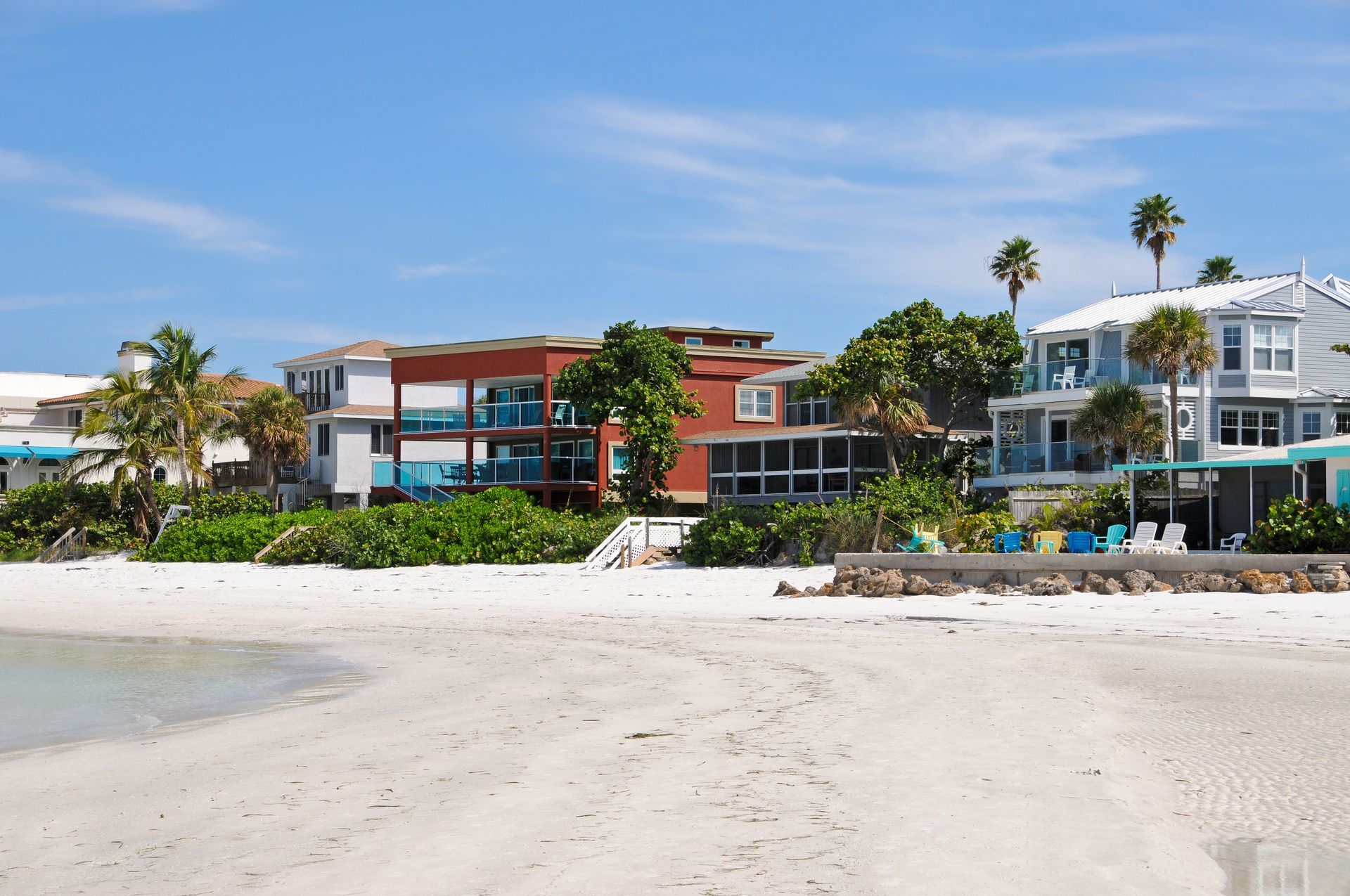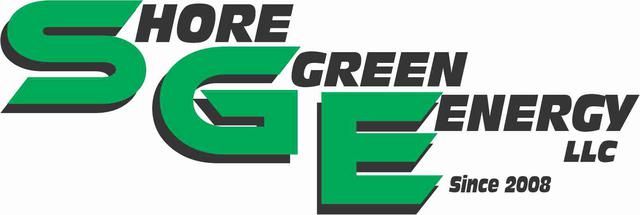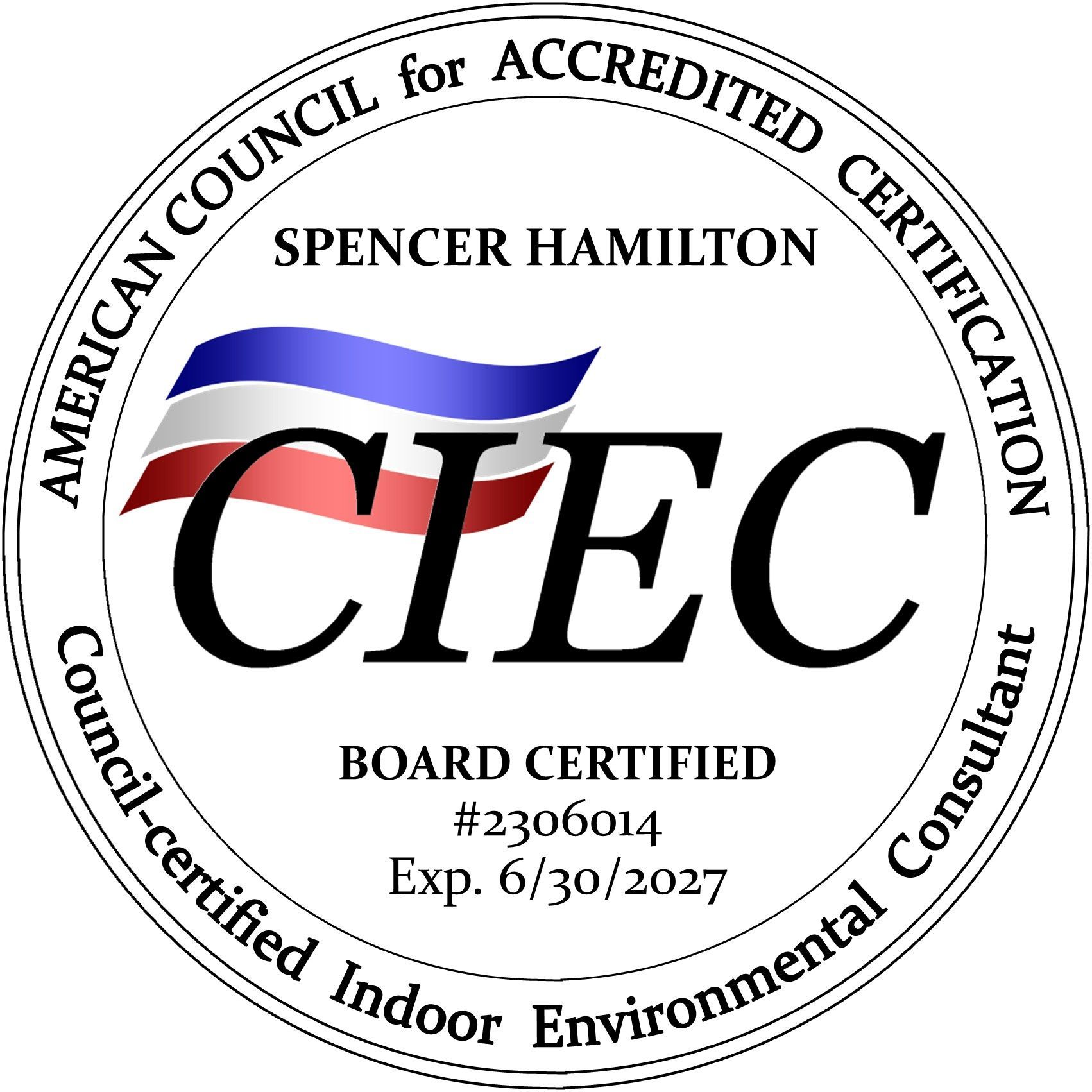Sick Building Syndrome
What is SBS or Sick Building Syndrome

Is Your Building Making You Sick? Understanding Sick Building Syndrome and How to Find the Cause
Ever walked into a building and immediately felt a headache coming on? Do your eyes itch, your throat feel scratchy, or you just can't shake that general feeling of malaise when you're at work, only to feel perfectly fine once you leave? If so, you might be experiencing something known as Sick Building Syndrome (SBS).
SBS is more than just a bad day; it's a real condition where occupants of a building experience acute health and comfort effects that appear to be linked to time spent in that building, but no specific illness or cause can be identified. The good news? Companies like Shore Green Energy are experts at unraveling these mysteries and pinpointing what's making your indoor environment unwell.
What Exactly is Sick Building Syndrome?
Sick Building Syndrome (SBS) refers to a situation in which building occupants experience a range of non-specific symptoms that appear to be linked to time spent in a particular building. These symptoms often include:
- Neurological: Headaches, dizziness, difficulty concentrating, fatigue.
- Respiratory: Irritation of eyes, nose, and throat; coughing, sneezing, chest tightness, shortness of breath.
- Skin: Dry, itchy skin, rashes.
- General: Nausea, peculiar odors or tastes, general malaise.
Crucially, these symptoms typically disappear or diminish shortly after leaving the building and tend to recur upon re-entry. Unlike building-related illnesses (like Legionnaires' disease), where a specific clinical illness or cause is identifiable, SBS symptoms are often vague and do not fit the criteria for a defined medical condition.
The Hidden Culprits: What Causes SBS?
The causes of SBS are often complex and can stem from a combination of factors related to indoor environmental quality (IEQ). While no single cause is usually pinpointed, common contributors include:
- Inadequate Ventilation: Poor ventilation systems can lead to a buildup of indoor air pollutants. Modern energy-efficient buildings, while designed to be airtight, can trap contaminants if not properly ventilated. ASHRAE standards, like ASHRAE 62.1, provide guidelines for minimum ventilation rates to ensure acceptable indoor air quality.
- Chemical Contaminants (Indoor):Volatile Organic Compounds (VOCs): Emitted from building materials (paints, carpets, adhesives), office equipment (photocopiers, printers), cleaning products, and furnishings.
- Combustion Byproducts: Carbon monoxide, nitrogen dioxide from unvented combustion appliances.
- Pesticides and other chemicals: Used for maintenance or pest control.
- Chemical Contaminants (Outdoor): Pollutants from outside sources, such as vehicle exhaust, industrial emissions, or plumbing vents, can enter the building through air intakes.
- Biological Contaminants: Mold, bacteria, viruses, pollen, and dust mites can thrive in damp or poorly maintained environments and circulate through HVAC systems, triggering allergic reactions or respiratory issues.
- Poor Lighting & Ergonomics: Inadequate lighting (flickering, glare), improper workstation setup, and excessive noise levels can contribute to occupant discomfort and stress, exacerbating SBS symptoms.
- Psychological Factors: Stress, dissatisfaction with the work environment, and poor communication can sometimes contribute to or amplify perceived symptoms. While not a direct cause of physical illness, these factors can lower an individual's tolerance for discomfort.
Uncovering the Problem: How Shore Green Energy Investigates SBS
Diagnosing Sick Building Syndrome requires a systematic and comprehensive approach. At Shore Green Energy, we specialize in building diagnostics and indoor environmental quality (IEQ) investigations to get to the root of your building's health issues. Our process typically involves:
- Detailed Occupant Surveys: We start by gathering information directly from the people experiencing symptoms. This helps us understand the nature, timing, and location of complaints, providing crucial clues.
- Thorough Visual Inspections: Our experts conduct a meticulous walkthrough of the building, identifying potential sources of contaminants, water intrusion, ventilation issues, and areas of concern.
- Indoor Air Quality (IAQ) Testing: This is a critical step. We use state-of-the-art equipment to test for a wide range of parameters, including:
- Temperature and Humidity: Optimal levels are crucial for comfort and preventing mold growth.
- Carbon Dioxide (CO2): An indicator of ventilation effectiveness. High levels suggest insufficient fresh air exchange.
- Volatile Organic Compounds (VOCs): Detecting the presence and levels of chemicals off-gassing from materials.
- Particulate Matter: Identifying airborne dust, pollen, and other fine particles.
- Carbon Monoxide (CO): To rule out combustion issues.
- Formaldehyde: A common VOC found in many building materials.
- Mold and Biological Contaminant Testing: If suspected, we perform specialized sampling for mold spores, bacteria, and allergens to identify their presence and concentration. This includes air sampling, surface swabs, and bulk material analysis.
- Ventilation System Assessment: We evaluate the design, operation, and maintenance of your HVAC (Heating, Ventilation, and Air Conditioning) system. This includes checking air flow rates, filter conditions, and ductwork integrity to ensure adequate fresh air delivery and pollutant removal.
- Forensic Building Evaluations: Our building science experts analyze the building's construction, materials, and potential pathways for moisture intrusion or contaminant migration.
- Comprehensive Reporting & Remediation Protocols: After our investigation, we provide a detailed report outlining our findings, identifying potential causes, and recommending specific, actionable solutions. These might range from improving ventilation and replacing problematic materials to mold remediation protocols or HVAC system upgrades.
Beyond Symptoms: Creating Healthy, Sustainable Environments
At Shore Green Energy, we believe that a healthy building is an efficient building. Our services extend beyond just identifying the problem; we help implement solutions that improve both your indoor environmental quality and your energy efficiency. This holistic approach aligns with industry best practices and standards, such as those from ASHRAE, EPA, and organizations promoting green building like LEED and WELL Building Standard. These standards emphasize the critical link between energy-efficient design, proper ventilation, and occupant well-being.
If you suspect your building might be suffering from Sick Building Syndrome, don't wait for symptoms to worsen. A proactive investigation can not only protect the health and productivity of its occupants but also identify underlying issues that could lead to more significant structural or energy problems down the line.
Contact Shore Green Energy today to schedule an investigation and take the first step towards a healthier, more comfortable, and more efficient indoor environment.



